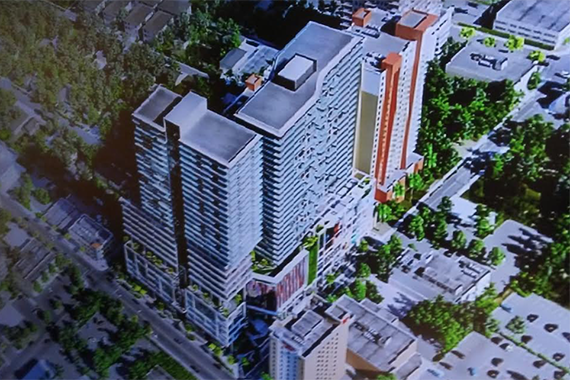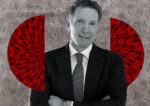Trending
Fort Lauderdale committee wants FAT City to get leaner

Updated at 5:43 p.m. – The city’s Development Review Committee urged a less boxy architectural look for FAT City, a 30-story, L-shaped, two-tower project with more than 600 apartments planned for downtown Fort Lauderdale.
“It’s beautiful … but we have to mitigate the massiveness of the towers,” said Ella Parker, Fort Lauderdale‘s urban design and planning manager said during a meeting on Tuesday.
She and other committee members recommended smaller floor plates to narrow the profile of the project. The big-boned FAT City development on the east side of Andrews Avenue between Northeast Third and Fourth streets would have 183,011 square feet of office space and 88,192 square feet of retail space plus 626 residential units.
If the developer shrinks the proposed floor plates for FAT City, “what is probably going to happen is they’ll lose some units,” said DRC member Jim Hetzel after the committee met with representatives of the developer, Joseph Traina, chairman and CEO of New York-based developer Traina Cos.
DRC requests to alter development plans are non-binding. Developers submit projects for at least one technically focused DRC review – and sometimes more than one – before applying for a Fort Lauderdale building permit.
Tuesday’s meeting marked the first presentation of the FAT City development to the DRC. The committee members are municipal staff of various city departments, including those overseeing urban planning, civil engineering and landscaping.
Hetzel also said that FAT City could slim down by reducing the number of spaces in the development’s parking garage from the planned 1,400, “which is a lot.” He said FAT City’s location near Fort Lauderdale City Hall, 100 North Andrews Avenue, is a highly pedestrian area, so the initial design of FAT City may be “over-parked,” especially if a supermarket occupies some of the development’s 88,192 square feet of retail space.
Other non-binding committee recommendations included the installation of a screen or a vegetative platform atop the parking garage, so the view of FAT City from other high-rises would not include an asphalt-paved rooftop full of cars.




